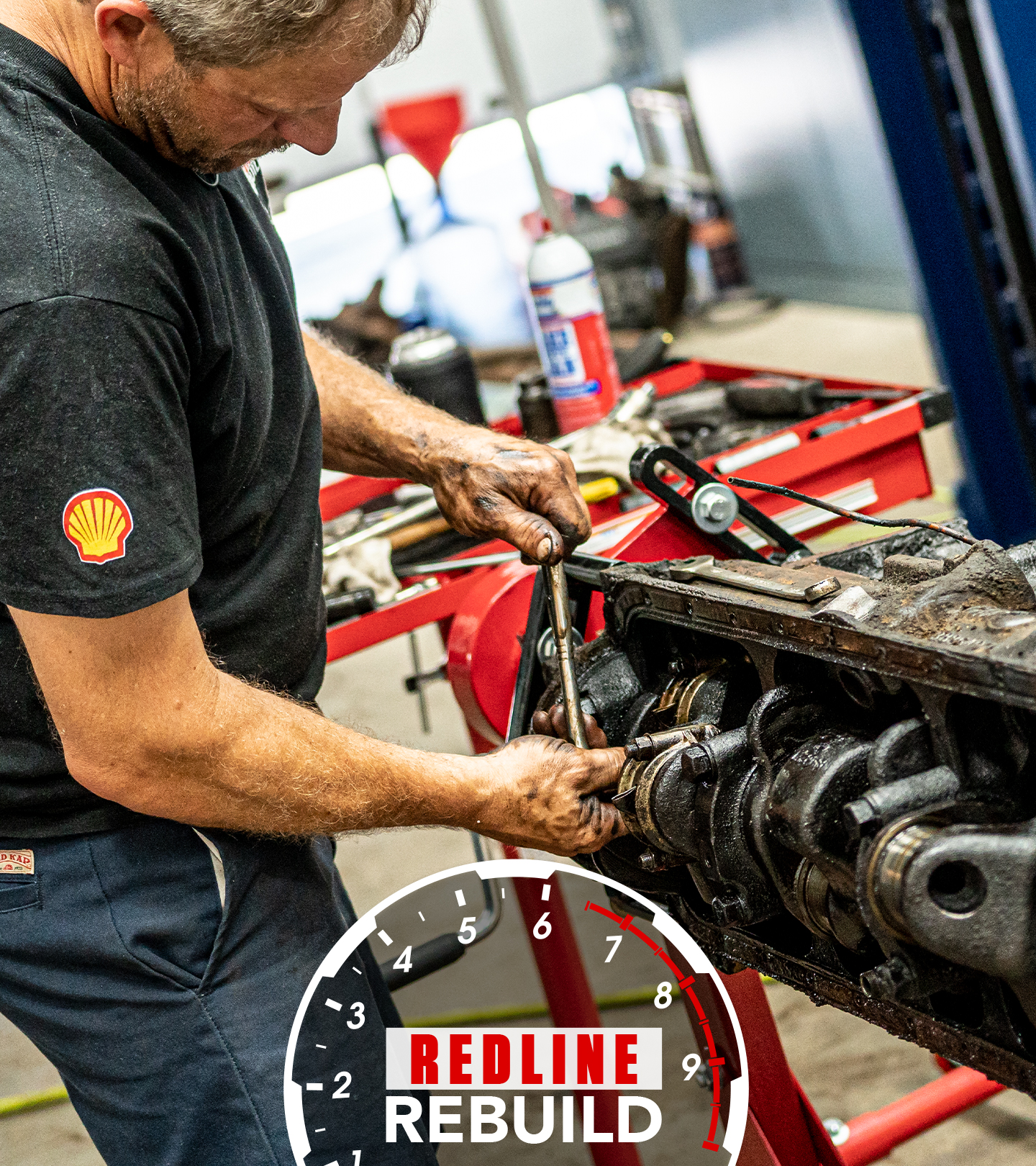DIY: Bending brake and fuel lines - Hagerty Media
In this episode of Hagerty DIY, I’ll be guiding you through bending steel brake or fuel lines.
This process is a good one for saving some cash when repairing either your vintage or modern vehicle. In some cases pre-bent lines are available, but shipping them is can be a costly proposition. An affordable tubing bender and some patience go a long way if you’re willing to tackle the rewarding effort of bending your own lines.
Let’s start with the tubing bender. There are many versions of this tool available, and the majority of them operate more or less the same way. The bender I used in this video can be purchased through Jegs.com and handles four sizes of tubing, which covers most automotive applications.
The second item required is the tubing, specific to your application or needs. Referring to a service manual or part removed from your project can indicate the proper size tubing and fittings. Tubing can be purchased in bulk or in specific pre-flared straight lengths at a parts store or online retailer.
Once you have the bender and materials, it’s time to start planning. Replacing an undamaged existing line is typically an easier process because that existing part can serve as your template. If no template exists, you can make one using a wire coat hanger that has been straightened, a stiff wire, or welding wire. These can all serve as good materials for your template because they hold their shape and are easy to handle. Be sure that when making a template for the new part that you take into consideration any hazards the line might encounter, such as rubbing points on a frame or clearing moving suspension parts.
With a template in hand, you can mark the tubing and use the bender to match the bends needed. I always mark the tubing for the start of the bend and check against my template after each bend. This is the part where patience is critical, and it might take a few mistakes before you get quick at bending lines that twist multiple directions in one length of tubing.
With your new line ready for installation, the last piece is to blow out the line with compressed air, like from a brake cleaner, to ensure that no debris is left in the line that could cause issues.










